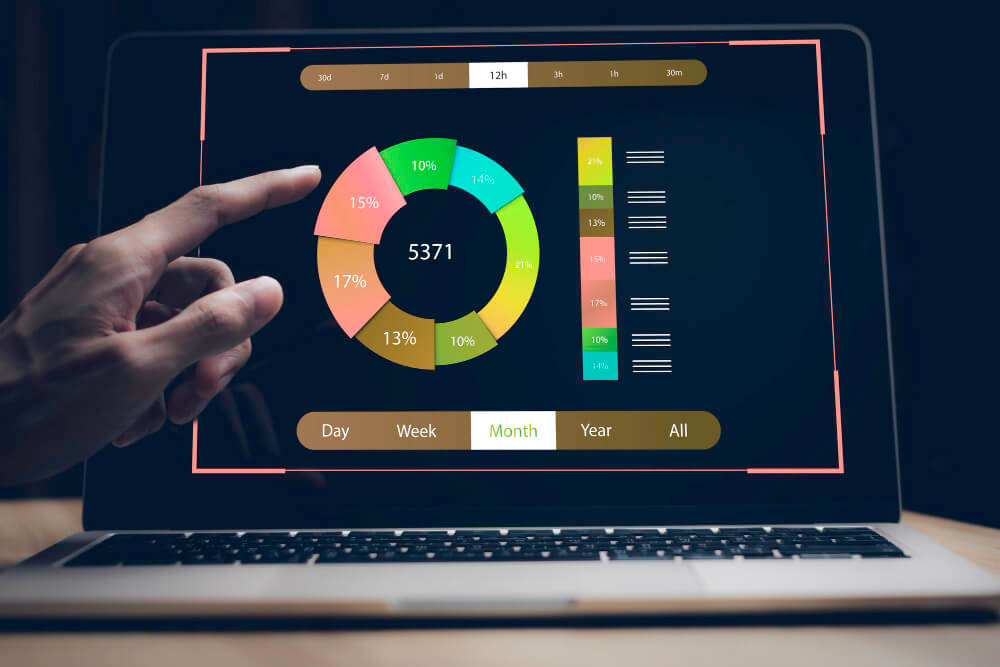Why Speed Is Key: The Fastest WordPress Themes for Optimal Performance

Fast themes for wordpress.
With site speed being a pivotal Google ranking factor, WordPress themes must optimize for lightning-fast performance to stay competitive. By engineering lean and efficient themes, developers can equip sites for the performance expectations of 2024. Follow these 5 points to maximize theme speed:
- Streamline Codebases and Plugins for Lightweight Builds
Trim down codebases by removing unused libraries, condensing files and eliminating functions that create bottlenecks. Audit scripts to strip overly complex features and interactions. Simplify code to only essentials so it runs lean.
Also be highly selective with plugin usage, as each plugin adds code weight. Avoid plugins with excessive features or use “lite” versions with just core functionalities. Regularly review sites for areas to eliminate plugins, merge their capabilities or replace with more lightweight alternatives.
The goal is establishing the simplest viable codebase for intended functionality. Excess code taxes servers and slows sites. Engineer themes capable of the same features achieved with less taxing code.
- Employ Strategic Deferring and Lazy Loading Defer non-critical scripts and assets that won’t impede initial page loads. Resources like fonts, secondary images and supplementary files can load asynchronously after core page content displays.
Lazy load less visible images below the page fold to accelerate initial rendering. Embed videos using lightweight placeholders that cue loading only when played. Deferring supplemental items lightens payloads.
- Boost Caching Capabilities Expand caching functionality via server-side page caching through Memcached or Redis which reduce strain on databases.
Browser caching also stores downloaded assets locally on visitors’ devices to prevent re-downloading files. Set proper cache expiration times to balance fresh content with quick repeat access.
With many WordPress sites receiving substantial return traffic, enhanced caching removes repeat resource deployment needs for faster recurring loads.
- Continuously Monitor Site Speed
Routinely analyze site speed using Google PageSpeed Insights, Lighthouse or WebPageTest to catch performance bottlenecks as they emerge. Monitor speed metrics like First Contentful Paint, Time to Interactive and Total Blocking Time to pinpoint optimization priorities.
Ideally run automated continuous monitoring that programmatically flags declining site speed issues before they escalate. Proactively optimizing accelerates sites over time.
- Refine Images and Media Images and multimedia warrant special attention since they account for over 60% of average page weight.
Compress all images to transcode at 80% quality while retaining visual fidelity. Convert images to next-gen formats like JPEG 2000 and WebP which trim size with no loss of quality. Also enable responsive image serving to send smaller files to mobile visitors.
Lazy load embedded YouTube or Vimeo videos using partial thumbnails as placeholders to manage heavy multimedia.
By honing themes for lean-and-mean performance, sites tap into the speed expectations and competitive mandates of 2023. Velocity remains vital for reach, revenue and lasting WordPress success.

